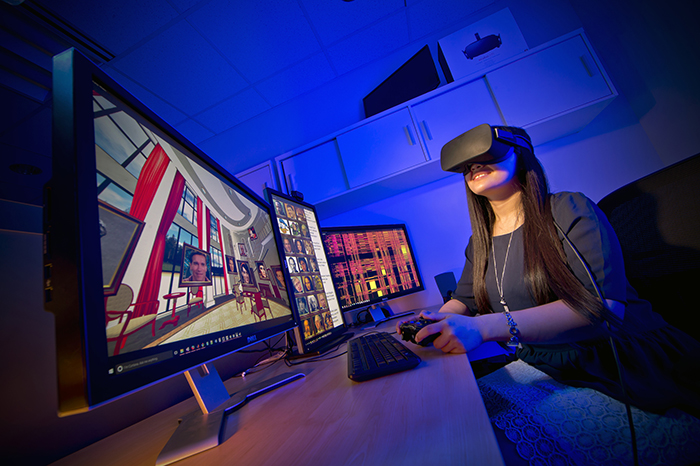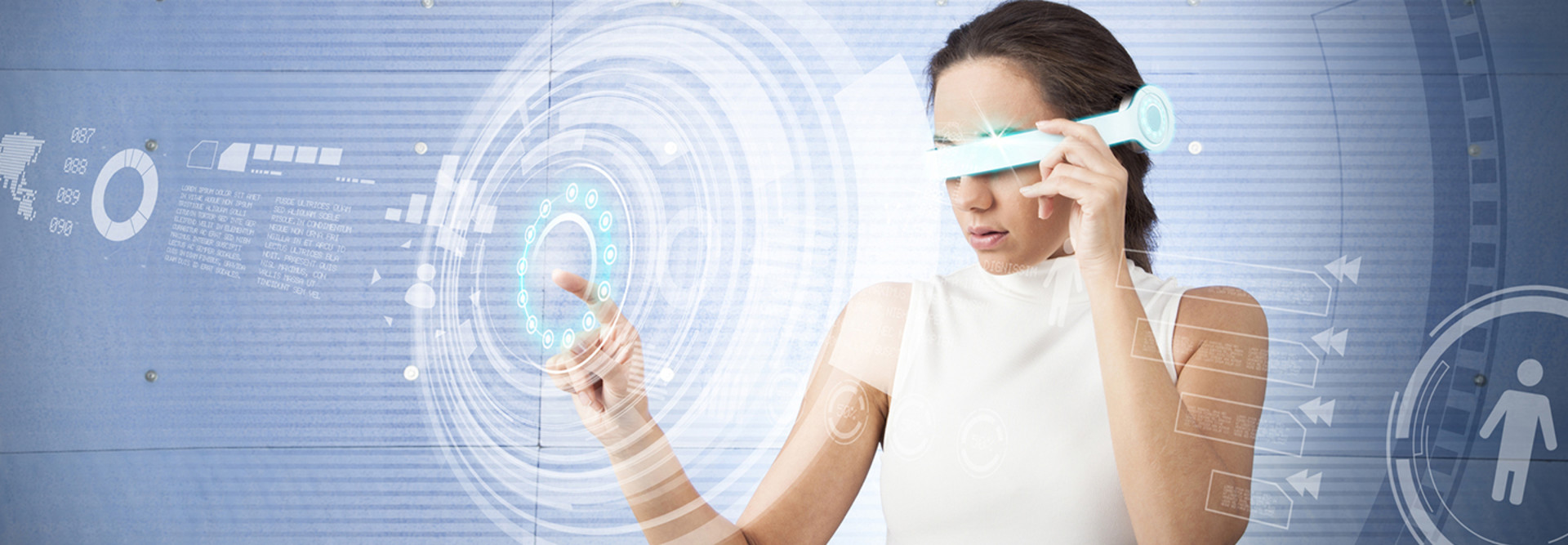Higher Ed’s Augmented-Reality Ambitions Highlight Infrastructure Requirements
It took a smartphone game starring decades-old characters to transform augmented reality from a computing curiosity into a pop culture medium. And it may require an equally old data-transfer method — Sneakernet — for higher ed to capitalize on the technology behind the Pokémon GO game.
That’s because Unity, the toolkit used to build Pokémon GO and many other AR and virtual-reality (VR) experiences, generates project files that are so massive, it can be both easier and faster to move them on portable hard drives.
Such is the case at Syracuse University’s Newhouse School of Public Communications, says Dan Pacheco, chair of journalism innovation. Students in Pacheco’s VR storytelling course use the Unity 3D engine to create 360-degree videos that generally take up 20 gigabytes of space each.
“Even over a really fast fiber-optic connection, that is a pain to upload to the server,” says Pacheco, who instead chooses to move files physically.
And although he foresees a time when he’ll want to upgrade to faster, lower-latency upload and download links, he admits that, “for now, Sneakernet is working pretty well.”

Researchers at the University of Maryland Institute for Advanced Computer Studies are investigating how people process information in an immersive 3-D environment as opposed to viewing data on a desktop or tablet 2-D screen. Photo courtesy of UMIACS.
Creating a Different Approach to Solving Latency Issues
The University of Maryland, College Park had to overcome a similar latency problem when designing its Augmentarium, an AR and VR test facility where researchers and students explore immersive technologies' practical applications.
There, data “easily goes into several hundreds of gigabytes very quickly,” says Amitabh Varshney, director of the university’s Institute for Advanced Computer Studies. IT professionals addressed the issue by putting servers in the basement and placing a smaller data center on the fourth floor for a low-latency link to the lab’s workstations.
Determining How AR and VR Fit Into IT Operations
As AR and VR technologies advance, maintaining low latency won’t be the only concern for IT teams. According to an article from online journal Data Center Frontier, VR “will require unprecedented levels of computing horsepower, connectivity and data storage.” That may mean upgrading IT infrastructure to support the growing demands.
Despite the hurdles, higher ed institutions have growing incentives to bring immersive technologies to campus. AR and VR test labs, such as the Augmentarium, differentiate institutions looking to attract the best and brightest students. Beyond that, the New Media Consortium’s 2016 Higher Education Edition Horizon Report noted the educational utility of AR and VR experiences.
“Early pilot findings indicate positive impacts on the classroom, including enhanced group dynamics and peer-to-peer learning,” the report states. “Augmented reality can also help students learn by placing course content in rich contextual settings that more closely mirror real-world situations.”
And since the report places the time-to-adoption for AR and VR technologies at only two to three years, colleges and universities need to begin considering how immersive tech will fit into their operations now.
Colleges and universities should give their faculty and IT teams time and space to experiment before upgrading the data center. Piloting a single Unity-capable workstation before investing in server racks is the ideal way to get started.
But any successful VR or AR implementation also requires collaboration between department leads and IT departments.
“The faculty lead and the IT manager really need to work lockstep with each other,” Pacheco says.








